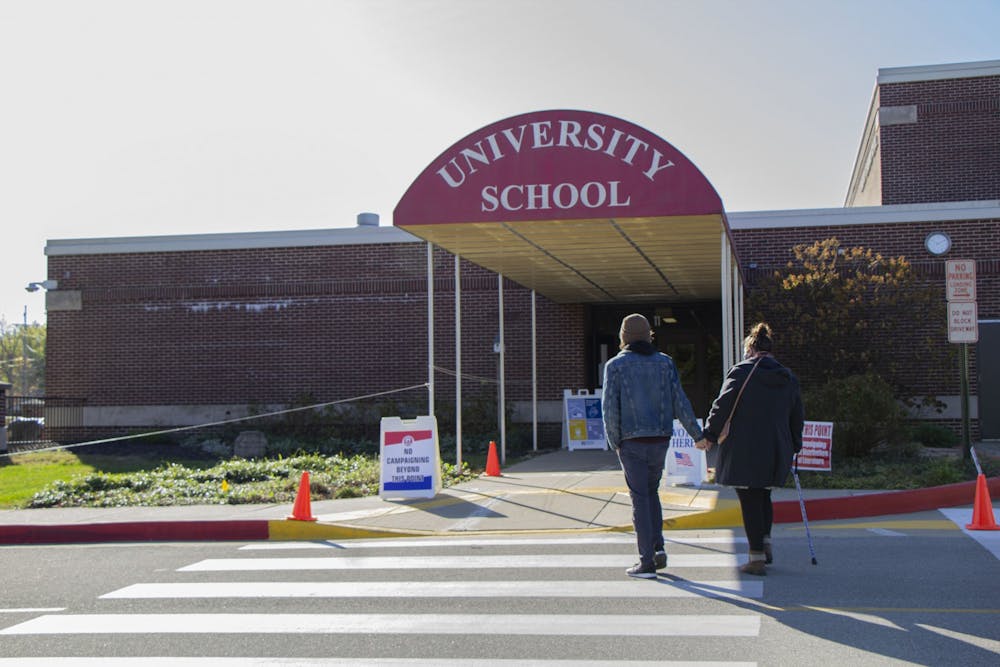The three members of the Monroe County Election Board said in a Friday meeting that they’re proud of how the county’s team ran the election, despite the long lines for early voting.
Chair Hal Turner said in an interview that the board didn’t anticipate the record turnout for early voting. More than 1.5 million people voted early in Indiana, which is more than double the number of early votes in the 2016 election, according to the Washington Post.
“I don’t know if we’re always going to have that much early voting, if it’s a trend,” Turner said. “We have to be able to identify that as a valid trend and not a one-off because this was a big election.”
This year, the board didn’t have the time nor resources to create a second early voting location, members said. The county approves the budget for elections a year in advance.
Turner said once the COVID-19 pandemic hit, the board considered adding another early voting location, but the extra staff and machine security required would have been too expensive.
There was an additional early voting location in 2016, but fewer than 10% of early voters used the second site, said Nicole Browne, board member and Monroe County clerk, in an Oct. 30 court hearing about creating a second location for this year’s election. It wasn’t cost effective, so the board didn’t ask for funding for a second early voting location for this year.
The board met Friday to go through the provisional ballots. Provisional ballots allow people to cast their vote even if there’s a question of whether the voter is eligible. These ballots are separated from the regular ones, and the county’s election board reviews each circumstance and decides whether the voter’s ballot will be counted, according to the Indiana government website. Poll workers tell provisional voters onsite how they might be able to resolve the issue and make sure their vote counts, such as by showing a government-issued ID to the election board if they didn’t bring one to the polling location.
There were 110 provisional ballots in Monroe County this year, which board member Carolyn VandeWiele said is fewer than there were in 2018.
The board accepted 16 provisional ballots. Some of those voters were issued provisional ballots because a statewide system glitch made it seem like they weren’t at the correct precinct even though they were.
The board rejected 94 of the provisional ballots, most commonly because the voters went to the wrong precinct, were registered in another county or weren’t registered in Indiana at all. Indiana state law requires voting in the correct county and precinct the voter is registered for.
“It is very upsetting that we end up disenfranchising — well, many voters end up disenfranchising themselves by not double checking where they’re supposed to vote and making the plan early enough,” VandeWiele said in the meeting.
In a handful of instances, the voter requested an absentee ballot from a different county or state they were registered in and they didn’t receive it, so they tried to vote in Monroe County. The board had to reject these ballots.
The deadline to register to vote in Indiana is 29 days before Election Day. Board members said for future elections, anyone planning to vote in the state should make sure their registration is up to date well before the deadline.
In the future, Turner said in an interview, the board will likely prepare for a bigger early crowd, but he’s not sure what those plans will look like. Additionally, precincts may change based on the results of the 2020 Census. The Census Bureau will send redistricting counts to states by April 1, 2021, according to its website.




